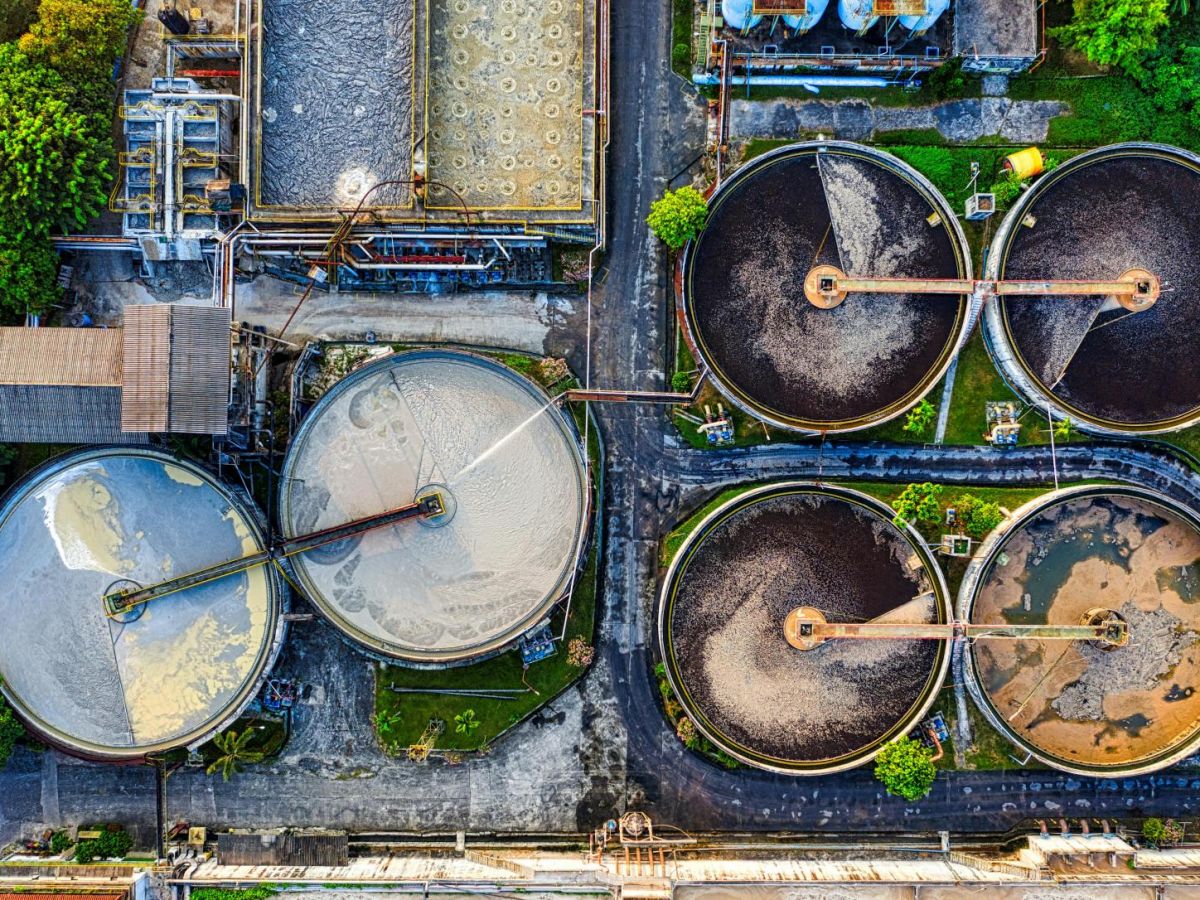“ The sewer is the city's conscience. Everything converges and confronts each other there. In this livid place, there is darkness, but there are no more secrets.". It is with this quote from Victor Hugo, from book 2, The Leviathan's intestine, from the fifth volume from Les Miserables, published in 1862, that the chemist Thomas Thiebault, lecturer at the Ecole Pratique des Hautes Etudes-PSL, opens his Presentation during the conference Chemistry and water at the Maison de la Chimie on November 6th. In an interview for The Research, he enlightens us on these “ darkness » which flow beneath our feet.
"We can trace drug consumption and get back to a number of doses per person per day."
Since 2021, the Obepine network demonstrated the usefulness of measuring the levels of SARS-CoV-2 circulation in wastewater to monitor the evolution of the Covid-19 epidemic; since then, epidemiological research based on the analysis of wastewater has gained notoriety.
It all started in the 1940s at Yale (USA) where studies focused on drug detection. Obviously, if it seems easy to ask the greengrocer how many kilos of vegetables were sold, then to deduce the nutritional habits of the inhabitants of the neighborhood, it is more difficult to imagine doing the same with the consumption of MDMA… At present, it is not only illicit substances that are sought in samples from sewage treatment plants, but also drugs, bacteria, viruses, and other organic molecules reflecting our daily lives. By looking at wastewater, we are studying the state of people's health in a broad sense." explains Thomas Thiebault.
The project SEWER of which he is a part is a collaboration between chemists, geologists, biologists, computer scientists but also sociologists and geographers. It aims to establish a " diagnosis of the level of well-being, health, eating habits, impact on the environment". This Parisian observatory combines analyses of wastewater, but also statistical data, surveys, censuses, etc. To do this, it focuses on the Parisian sanitation system, particularly around the Seine-Centre treatment plant of the interdepartmental union for sanitation of the Parisian agglomeration (SIAAP) in Clichy. Ultimately, the objective is to provide scientific results to inform public actions.
From samples collected at wastewater treatment plants, scientists are able to get back to the lifestyles of the surrounding inhabitants: what they drink, eat, consume as medicine and illicit substances. Depending on the subject of study, they obtain more or less precise results. For the consumption of illicit drugs and pharmaceutical productsThomas Thiebault says: we can return, more or less, to a number of doses consumed per person and per day, in a quantitative manner. » Work on viruses, bacteria or food provides estimates by population; which remains very useful, in particular for geographically comparing consumption patterns, with a view to proposing prevention campaigns for example. And other areas of study are still under development (evaluation of the immune system and the microbiota).
Induce changes in dietary and vaccination practices
Between February and April 2024, the EGOUT project team initiated a change of practice in the 20th district of Paris. After inviting participants to increase their consumption of fruits and vegetables for a week, if possible, the scientists wanted to see if this change would be recorded in wastewater. And to their pleasant surprise, in the days and weeks following participation, the quantification of fiber markers was significantly higher. We can thus imagine that if we observe a very low rate of fiber markers in a population, public policies could be strengthened: promoting the consumption of fruits and vegetables in order to improve the health of fellow citizens.
Read also Toilet Day: Humanity struggles to manage its wastewater
Similarly, these observations may be useful in the fight against papillomaviruses. There are cities, or even neighborhoods in Paris, where vaccination coverage is very good, and others where it is very bad.Thomas Thiebault says: "We are a nation of papillomavirus vaccines. The WHAOU project (acronym for "Well-being and HeAlth Observatory within Urban trajectories"), which will begin on January 1, 2025, will test the disparities in vaccination against papillomaviruses in the Ile-de-France region. And this, with the aim of suggesting, in a second phase, the prioritization of a public action in a specific location where much lower vaccination coverage is detected.
To learn more about this topic – how the collection and analysis of these samples takes place, what makes a good marker, paracetamol: good or bad indicator?, or even the use of waste water by the police to find sites where illicit drugs are manufactured -, we invite you to read the full interview on the website of The Research.
What is wastewater?
The water treated by wastewater treatment plants (WTPs) does not only come from our pipes. In large cities, wastewater mainly includes:
– Waste water from toilets.
– Grey water, coming from all sanitary water used in the home, from household appliances, sinks, showers, etc.
– Industrial effluents, i.e. all fluids of agri-food, petrochemical, metallurgical, pharmaceutical, cosmetic origin, etc.
– Urban leaching: when rainwater runs off roads, sidewalks, parking lots and roofs, it mixes with hydrocarbons, pesticides, excrement and other waste accumulated on the surface.
